Preparing for Dog Agility Training Classes in NYC
Agility should be fun and safe. A little preparation—health check, clear cues, and the right rewards—transforms first-day nerves into confident, focused runs. This guide explains how to set your team up for success before you touch the first tunnel or jump.
Book Fun with Agility NowAgility blends fitness, problem-solving, and teamwork. Dogs learn to regulate arousal, take direction at speed, and enjoy constructive challenge. Handlers learn timing, body language, and how to keep communication clear even when the environment is full of distractions.
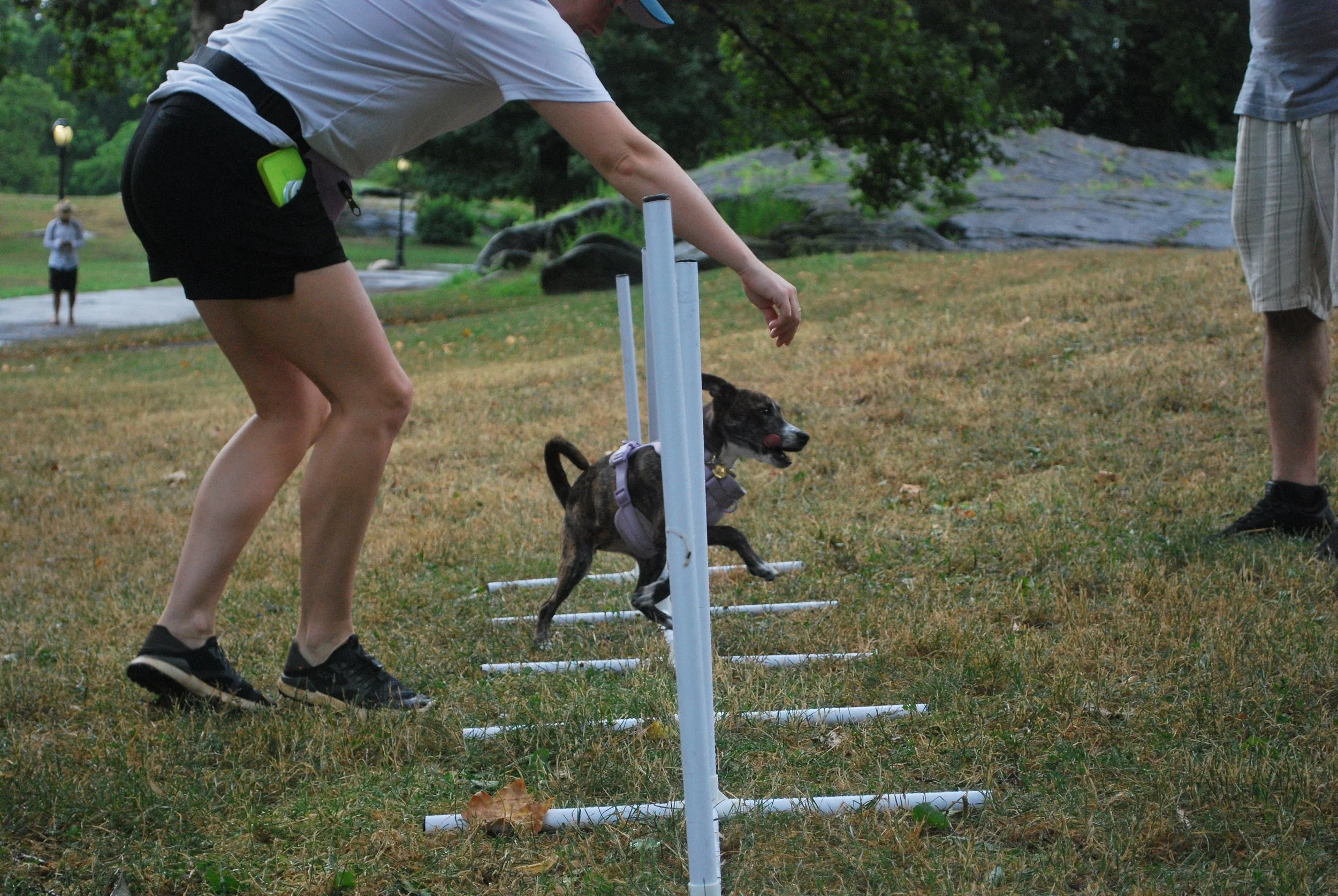

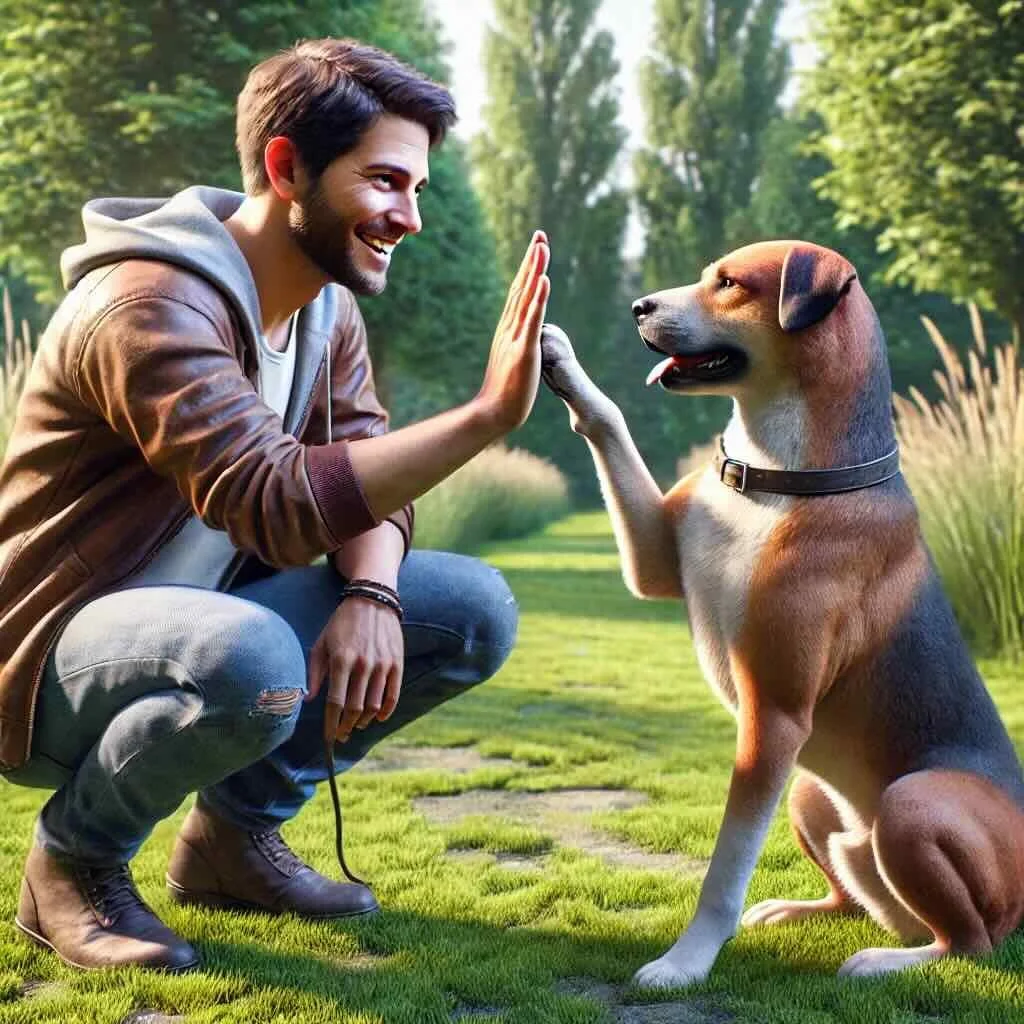
Get Your Dog Checked Out by a Veterinarian
Agility is an athletic activity. Ask your vet to confirm joint health, cardiovascular fitness, and growth-plate status for young dogs.
- Discuss jump height and age-appropriate contact work.
- Warm-ups: figure-8s, pivots, loose-leash trot.
- Watch for fatigue signs: sloppy turns, slower sits.
Train Commands on Cue
Agility rewards clarity. Choose short, distinct cues and pair each with consistent body signals.
- Use single-purpose cues (“tunnel,” “over”).
- Mark exact moments you want repeated.
- Start with 2–3 obstacle sequences.
Be Patient — Don’t Rush
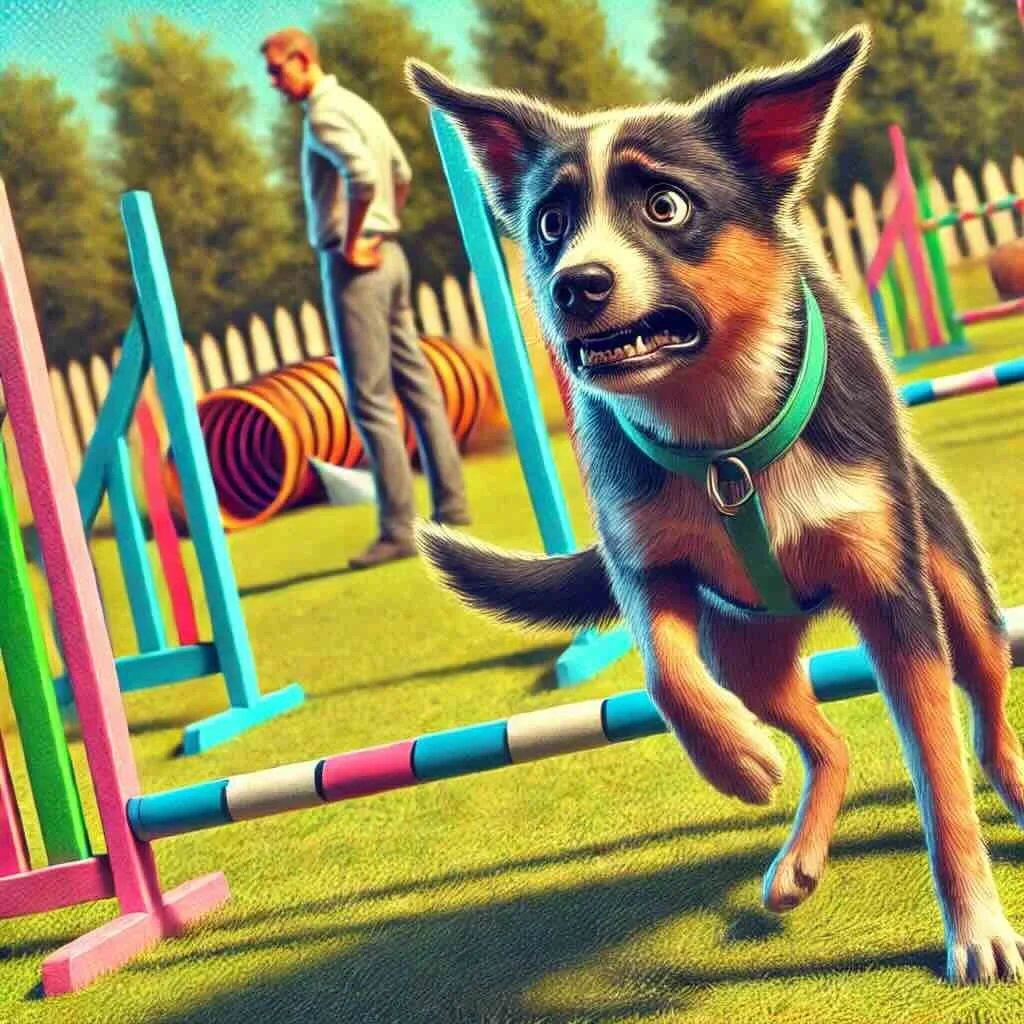
Agility is exciting, but pushing too fast creates hesitation and stress. Build confidence step by step.
- Stop while your dog still wants “one more.”
- Quality beats quantity.
- Log sessions and plan next steps.
Train General Obedience
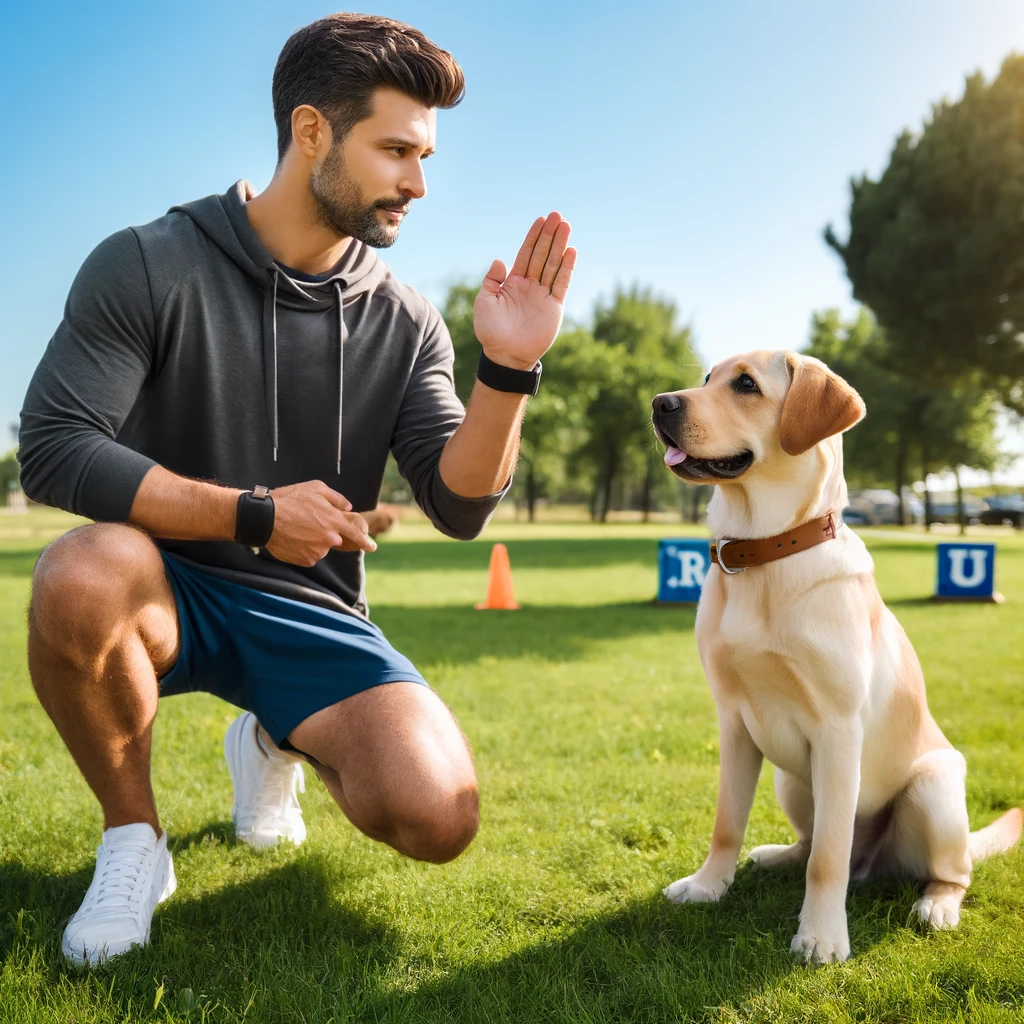
Reliable cues like sit, down, recall, and wait make agility smoother and safer.
- Start-line routines.
- Mat or platform for breaks.
- Impulse control around tunnels.
Find Out What Motivates Your Dog

Reinforcers drive learning. Identify which reward produces the cleanest reps.
- Test toys vs food.
- Use jackpots after breakthroughs.
- Fade food gradually.
Boost Progress with Simple Home Equipment
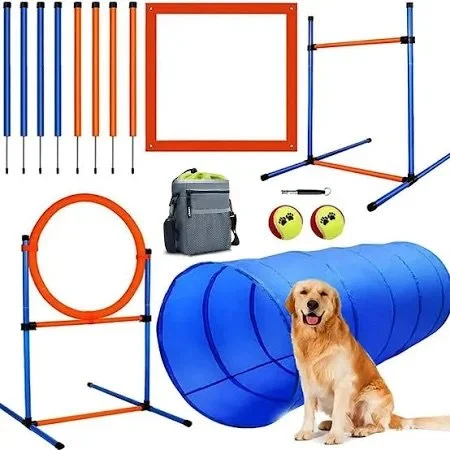
Simple tools like cones, hoops, and wobble boards build body awareness and precision.
- Footwork with ladders.
- Nose/paw targeting.
- Two-obstacle micro courses.
Strengthen Your Bond Through Agility
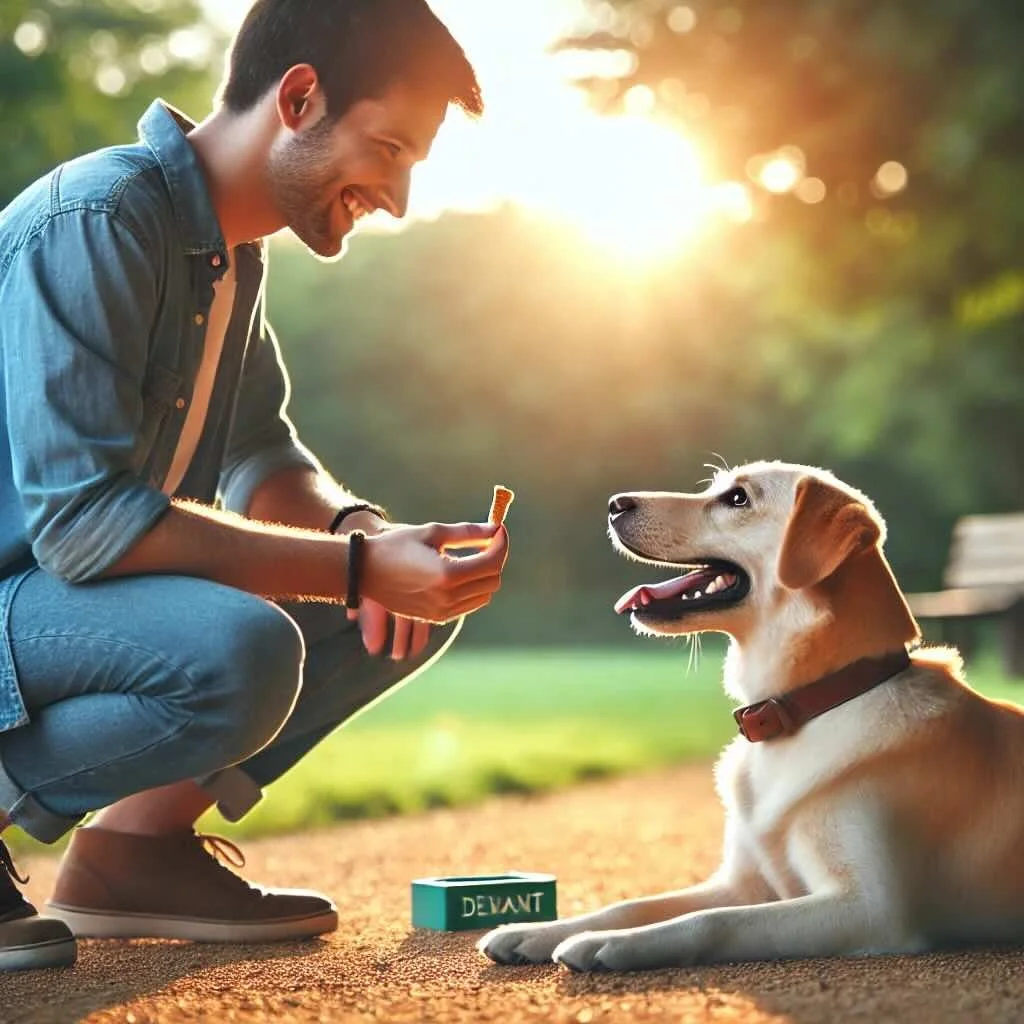
Capture voluntary check-ins and celebrate small wins.
- Mark attention.
- Use strategic breaks.
- End on success.
Join One of the Best Dog Agility Classes in NYC
Small groups, positive reinforcement, and science-based handling.
Reserve Your Spot